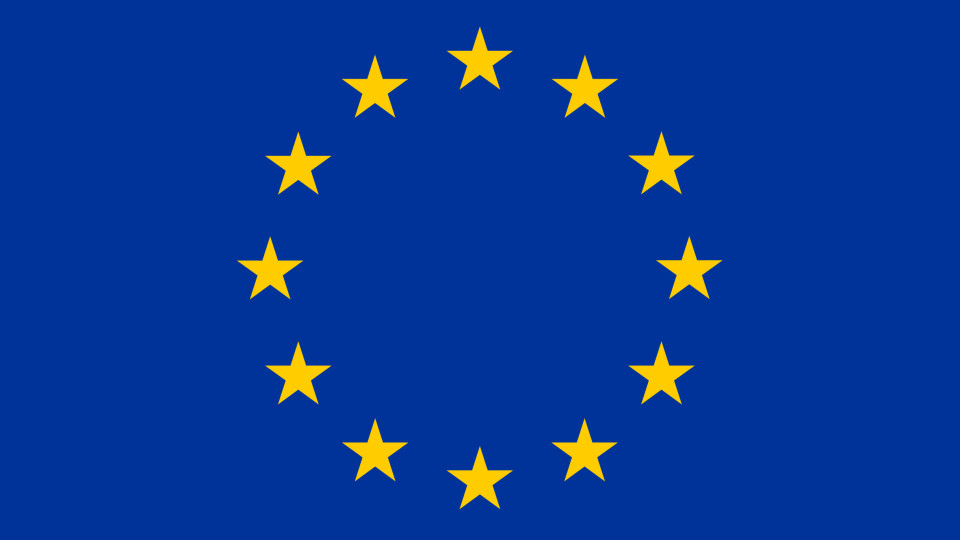The European Commission is working to put forward legally binding targets for ecosystem restoration by the end of 2021, which will restore damaged ecosystems by 2030. In order to receive input and feedback around the setting of these restoration targets, the EC launched a public consultation on EU biodiversity policy initiatives with a deadline of the 5th April 2021. It was composed of three parts: I) The evaluation of the EU Biodiversity Strategy to 2020, II) a review of the application of the EU Regulation on Invasive Alien Species, and III) the development of legally binding EU Nature Restoration Targets.
WI-EA together with its members has decided to respond to this consultation, specifically focusing on part III which dealt with the development of legally binding EU Nature Restoration Targets. With biodiversity loss in the EU continuing at an alarming rate, it is important that we continue to advocate for stronger and more wide-reaching targets to protect and restore the biodiversity of wetland ecosystems while also focusing on the role that wetlands can play in reaching the EU’s target of climate neutrality by 2050.
Our overall message was as follows:
Restoring and protecting wetlands would be a significant step towards net zero emissions by 2050. To do this it is important to mitigate the socio-economic impacts of land-use changes on existing livelihoods and businesses through the establishment of compensation and economic diversification, while encouraging land uses such as paludiculture. This should be part of a wider nature restoration plan. Furthermore, there has been an alarming decline in freshwater biodiversity. Fragmentation of rivers is one of the five main causes of biodiversity loss. We believe that the target of restoring at least 25,000 Km of rivers into free-flowing rivers can be easily achieved by acting on just 2.5% of Europe’s river barriers, many of which may be obsolete. The target is low and could be increased. The commission should create a dashboard system to monitor the progress towards this target with a view to going beyond it.
Find our full response Contributionef350062-3ef5-4ff6-856e-a27e46e49be8.pdf
WI-EA has also come up with recommendations specific for freshwater ecosystems and peatlands, which we have uploaded with our response.
Our peatlands policy paper asked for these main principles to be included in a legislative proposal:
When considering restoration targets for peatlands to be included in the new law, the EC should focus on two main categories – a) natural mires representing peatland habitat types that are listed on the Annexes of the Habitats Directive and b) drained peatlands currently or in the past under use (agriculture, forestry, peat extraction). For both categories, restoration of degraded peatlands is possible and the results for biodiversity and climate action generally are profound
The paper can be downloaded below EU_Restoration_Targ_Peatlands_Policy-brief-1.pdf
Living Rivers Europe’s paper on freshwater ecosystems contains 10 key recommendations, among which:
- We recommend increasing the current target for free-flowing rivers of at least 25,000 km to 15% of all rivers to be restored to a free-flowing state by 2030 through inter alia barrier removal and floodplain restoration.
- The upcoming Nature Restoration Law should have a specific focus on how the targets will address the hydromorphological elements of aquatic ecosystems and their functionality.
- Restoration targets for freshwater ecosystems set in the upcoming Nature Restoration Law should focus on basin-scale restoration of river continuity to ensure better integration of the WFD and BHD implementation as well as targets to restore lateral connectivity through restoration of floodplains and wetlands.
Find out more by clicking Scoping-paper-free-flowing-river-and-FW-targets-by-LRE.pdf
We look forward to continuing our dialogue with the EU Commission as we continue to advocate these targets and push for more effective action to protect the biodiversity of wetland ecosystems and secure a much-improved state for the EU’s wetlands by 2030.
Background note
The EU Biodiversity Strategy 2030, published by the European Commission in May 2020, aims at putting EU biodiversity on the path to recovery by 2030. The Nature Restoration Plan and legally binding targets are part of the actions to achieve this goal.
Read our response to the publication of the EU Biodiversity Strategy 2030 in May 2020

